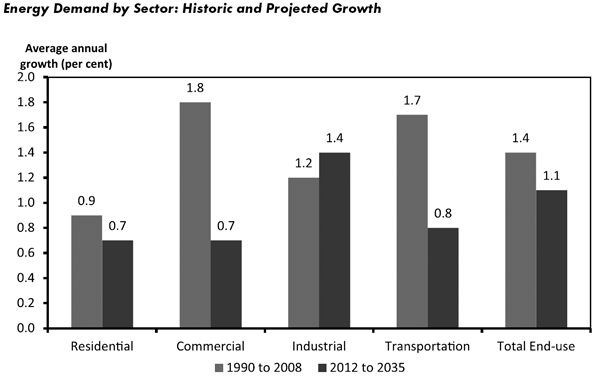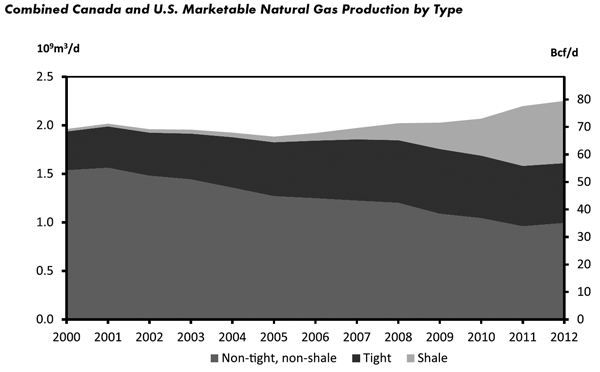Calgary: The National Energy Board released its report November 21 on Canada’s energy supply, Canada’s Energy Future 2013: Energy Supply and Demand Projections to 2035 (“EF2013”).
There will be enough supply to meet Canada’s growing energy needs for the foreseeable future, the report finds. In fact, over the next 20 years, the NEB projects energy production levels to exceed domestic requirements, resulting in growing amounts of energy available for export.

“Canada has vast energy resources – more than enough to meet Canada’s growing energy demand,” said Gaétan Caron, Chair and CEO of the NEB. “Canada also has one of the highest standards of living in the world, in part due to our energy resources, which are a key driver of the economy.”
Total Canadian energy production will grow substantially between now and 2035, with oil leading the way.
• Oil production increases by 75 per cent.
• Natural gas production increases 25 per cent.
• Canadian total electricity generation and supply increases over the projection period as well.
• Natural gas-fired power generation capacity increases substantially, largely at the expense of coal-fired capacity, and non-hydro renewable capacity doubles its share of the capacity mix.

Canadian energy needs increase as well, but at a slower rate than the historical trend. Canadian demand for oil and natural gas increases by 28 per cent, with hydrocarbons continuing to be the primary source of energy to heat homes and businesses, transport people and goods, and many other functions that are integral to Canadians’ standard of living.
Improvements in energy efficiency will mean Canadians will be using less energy in the future to produce more. By 2035, the energy used per unit of economic output is projected to be 20 per cent lower than current levels. As a result of new passenger vehicle emission standards, EF 2013 also reports the reversal of the long-term upward trend in passenger transportation energy use.
Growth in export markets and the infrastructure to access them are key uncertainties in this report’s projections.
